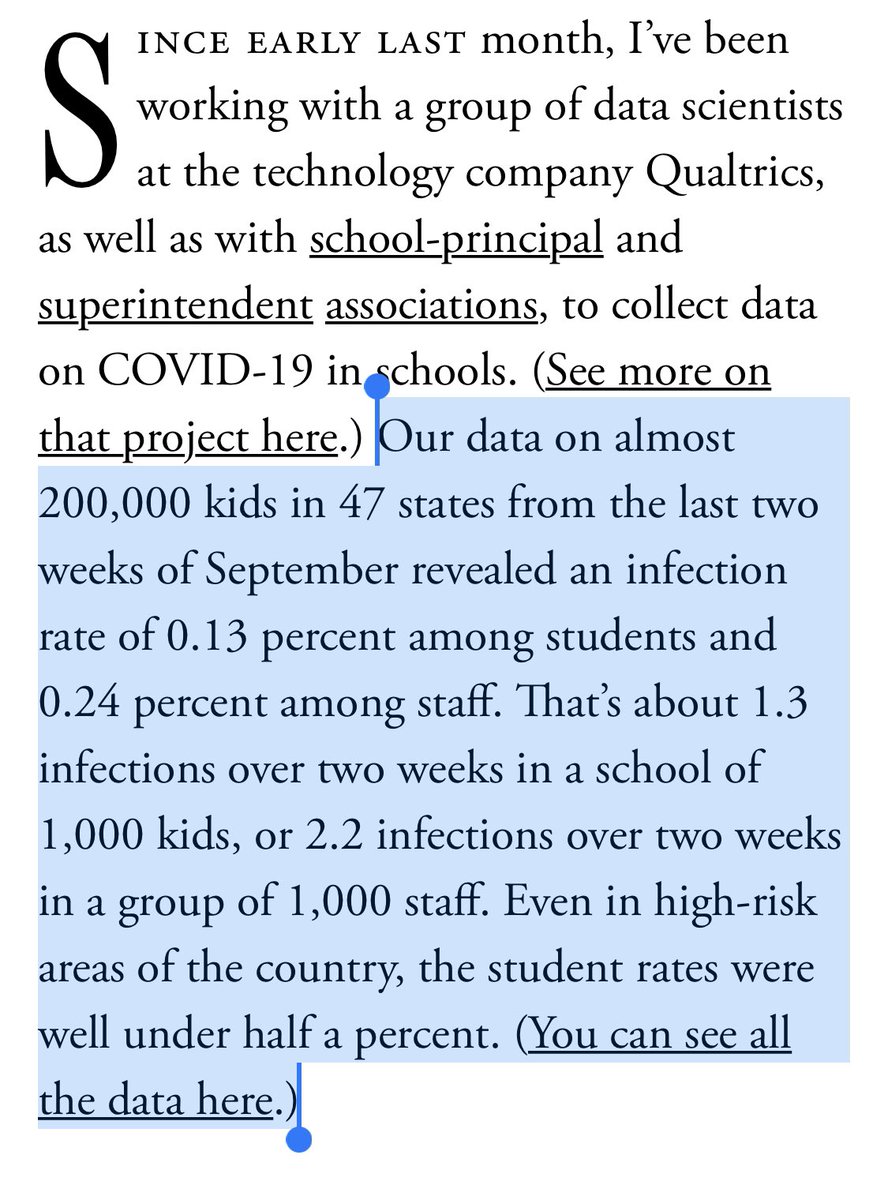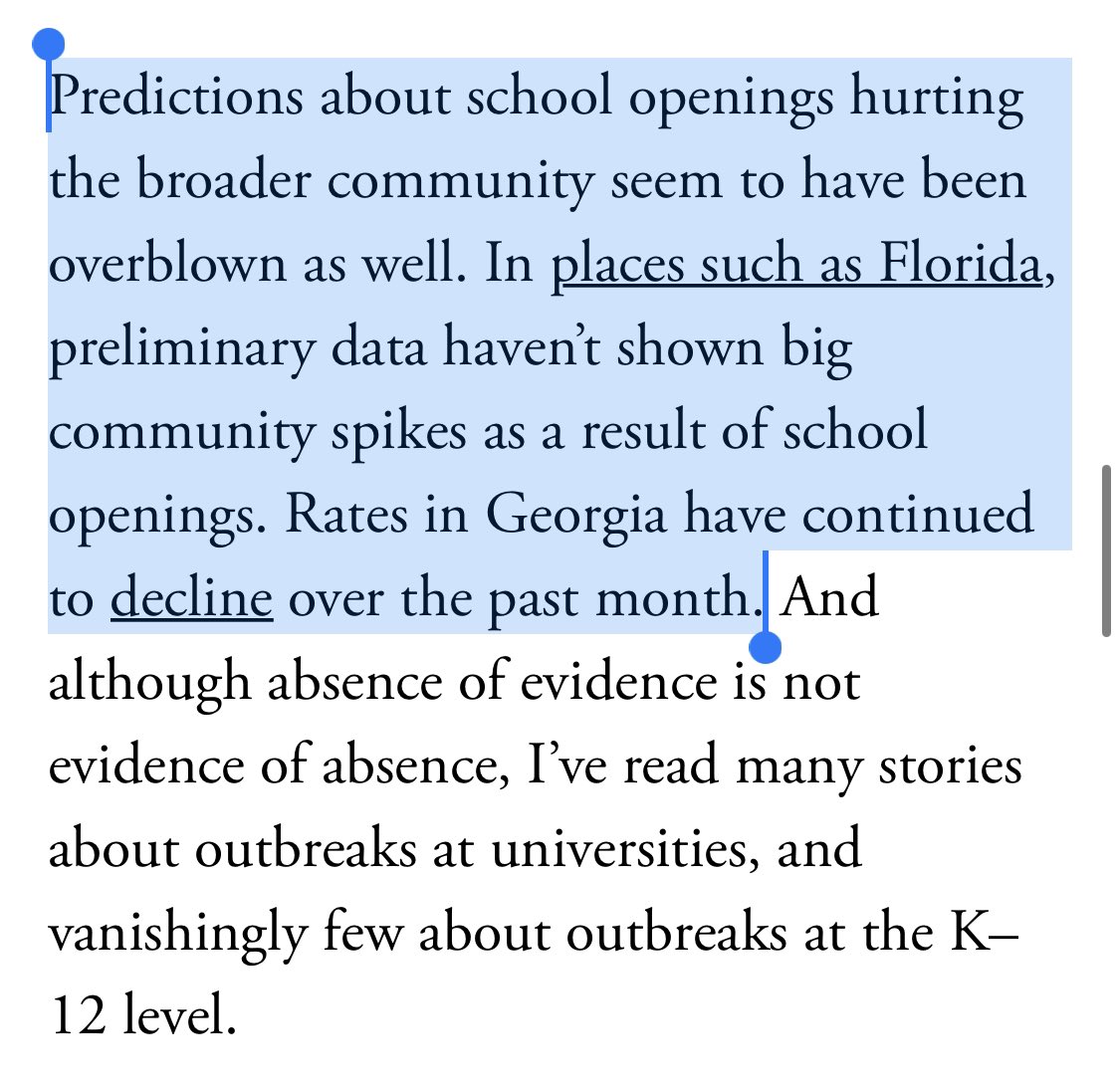
On the subject of vacations:
It is possible (*for some folks*) to vacation safely during the pandemic, even with others!
The key is not to pretend that children are magically protected, but to follow reasonable precautions.
#EpiTwitter: How would you behave to vacation safely?
It is possible (*for some folks*) to vacation safely during the pandemic, even with others!
The key is not to pretend that children are magically protected, but to follow reasonable precautions.
#EpiTwitter: How would you behave to vacation safely?
https://twitter.com/tarahaelle/status/1373037539427254276
So, say for me, an unvaccinated adult potentially at risk for complications from covid, with an adult partner (low risk) and no children:
We are likely to drive to a destination where we can stay in our own space - say a cabin or vacation rental. Others would stay separate.
We are likely to drive to a destination where we can stay in our own space - say a cabin or vacation rental. Others would stay separate.
Say my friends join (2 vaccinated adults and 2 low-risk kids <10).
They would have their own space and we would plan our activities around outdoor spaces - hiking, beach, etc. Meals together would be outdoor & spaced, masks in all indoor spaces together (minimize).
They would have their own space and we would plan our activities around outdoor spaces - hiking, beach, etc. Meals together would be outdoor & spaced, masks in all indoor spaces together (minimize).
Ideally, we would all quarantine for at least a week ahead of time to minimize the chances of the unvaccinated folks being infected during the trip.
If this was done carefully, we might even decide that it would be ok to risk the unvax adults & kids being close oudooors.
If this was done carefully, we might even decide that it would be ok to risk the unvax adults & kids being close oudooors.
What likely wouldn't happen would be trips to indoor bars / restaurants or probably other indoor spaces (e.g., museums).
If cases in the area are super low, indoor activities in well ventilated, large spaces *might* be worth it (with high filtration masks). Probably not tho...
If cases in the area are super low, indoor activities in well ventilated, large spaces *might* be worth it (with high filtration masks). Probably not tho...
Although transmission on airplanes seems to be low, the airports & cars / transit are not as well controlled. If I had to get on a plane, I'd be getting the highest filtration mask possible to wear & really minimizing time with it off. This makes long flights (need to eat!) hard.
• • •
Missing some Tweet in this thread? You can try to
force a refresh





